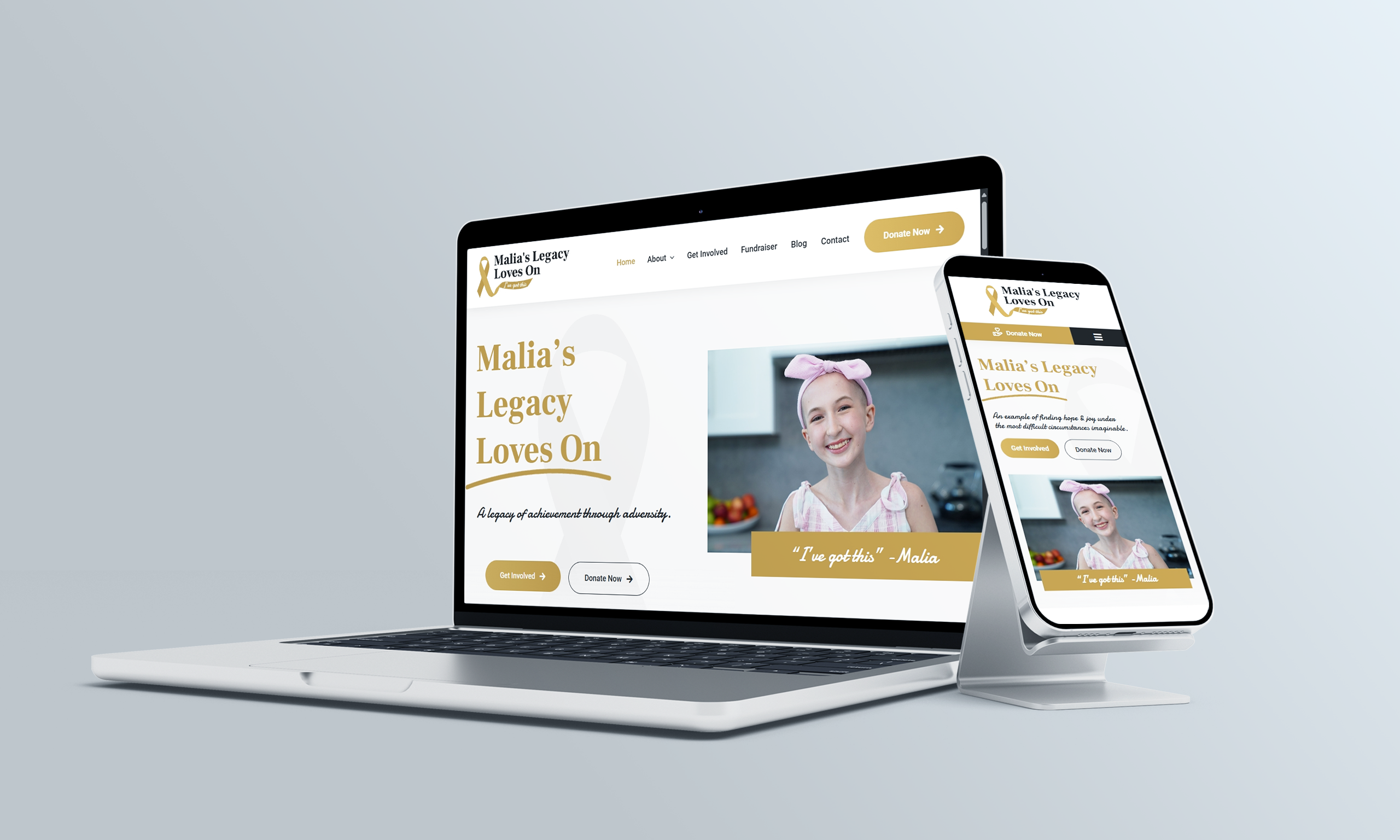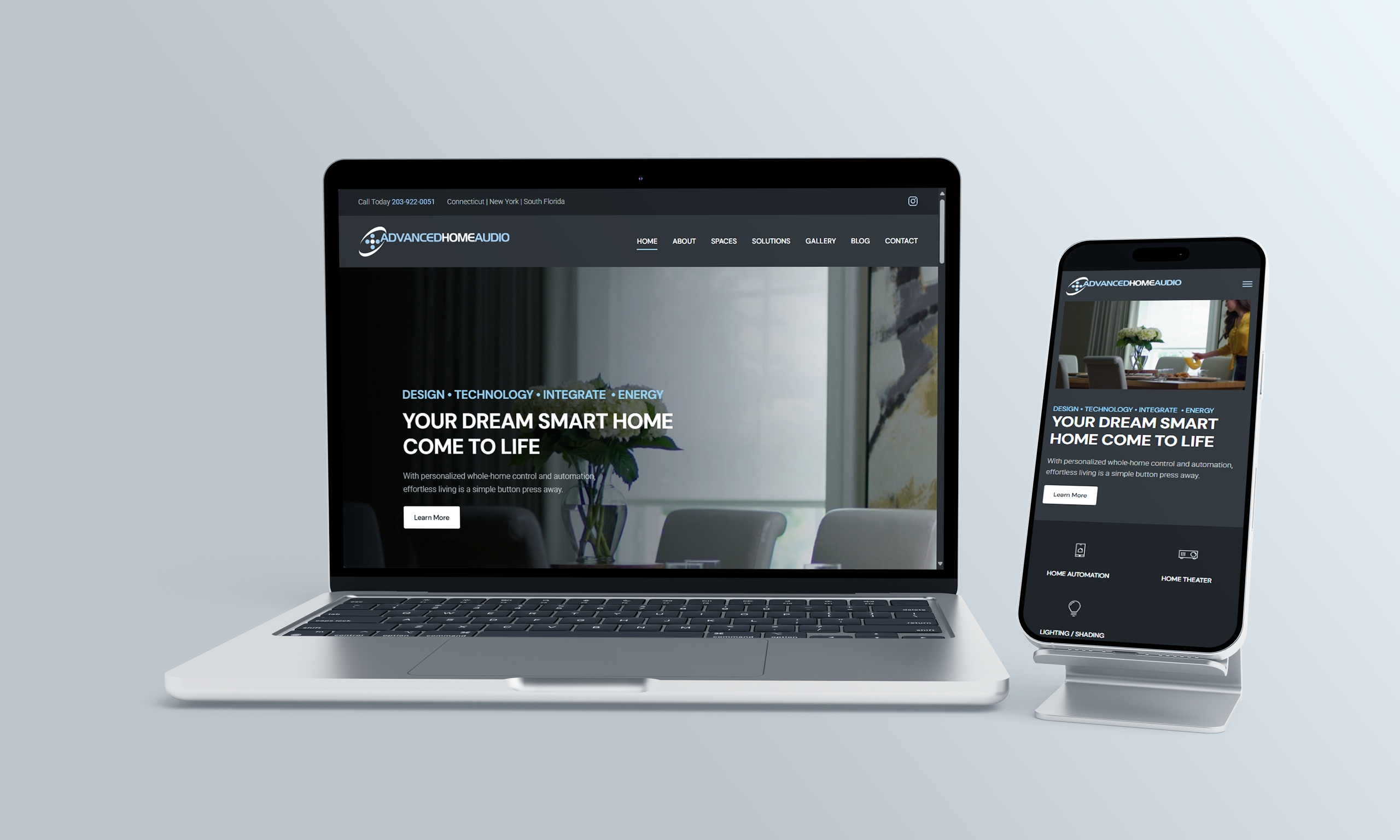
Web Design for Nutritionists and Dietitians: 5 Best Practices with Stratedia
Creating a professional and engaging website is essential for nutritionists and dietitians looking to connect with clients. With Stratedia, designing a site that conveys trust, knowledge, and empathy is simpler than ever. Here are five key practices to help you build a website that drives results.
1. Establish a Consistent Brand Style
Your website’s design significantly impacts potential clients’ perceptions of your business. 75% of website credibility is tied to its design. A cluttered or disorganized site can deter visitors, while a clean and professional design builds trust.
Keep your site visually appealing by:
- Using a cohesive color palette and 2–3 complementary fonts.
- Maintaining a balanced layout to enhance readability and navigation.
- Applying consistent styling across all pages to project professionalism and credibility.
With a polished brand style, you can make your practice stand out and leave a lasting impression.
2. Simplify Navigation
A clean and intuitive navigation system is crucial for user experience (UX). Your navigation bar should prioritize sections that matter most to your audience, such as services, about, and contact pages.
Best practices for navigation:
- Keep it simple and avoid overcrowding the menu.
- Use breadcrumb navigation for larger sites to help users trace their path easily.
- Ensure all links are functional and direct users to relevant pages.
Streamlined navigation keeps users engaged and prevents them from bouncing to competitors’ websites.
3. Incorporate Responsive Design
Your website must be mobile-friendly to cater to users who browse on phones and tablets. Responsive design ensures that your site’s visuals, navigation, and functionality adapt seamlessly to different screen sizes.
Mobile-friendly features to include:
- Hamburger navigation for easy access to menus.
- Larger, tappable buttons for effortless interaction.
- Optimized text and images for smaller screens.
With responsive design, your site remains accessible to clients at home or on the go, enhancing their overall experience.
4. Add a Blog and Resource Page
Establish yourself as an authority in nutrition and health by offering high-quality content. Blogs and resource pages provide valuable information to your audience while encouraging repeat visits.
- Blog Posts: Share insights on healthy eating, industry trends, and practical nutrition tips in a conversational tone to engage readers.
- Resource Pages: Offer in-depth guides or downloadable materials that reinforce your credibility and expertise.
By including these elements, you’ll build trust with your audience and give them a reason to explore your website further.
5. Use Clear Calls to Action (CTAs)
Encourage potential clients to take the next step with compelling CTAs. These buttons and links guide users toward actions like scheduling a consultation, subscribing to a newsletter, or learning more about your services.
Effective CTA examples:
- “Book Your Consultation Today!”
- “Learn More About Our Services!”
- “Call Now to Get Started!”
Strategically placed CTAs make it easy for users to engage with your practice, turning visitors into clients.
Build the Perfect Website with Stratedia
At Stratedia, we specialize in creating user-friendly, visually appealing websites tailored to nutritionists and dietitians. From responsive design to content creation, we’ll help you implement these best practices and attract the clients you need.
Contact Stratedia today to start building a website that reflects your expertise and drives results!










